How to Optimize Your Bitcoin Mining Container for Maximum Efficiency
In the rapidly evolving landscape of cryptocurrency, maximizing the efficiency of your Bitcoin Mining Container can significantly impact your overall profitability. As the demand for Bitcoin continues to surge, miners are constantly seeking innovative ways to enhance their operations and reduce costs. This article delves into practical strategies and techniques designed to optimize your Bitcoin Mining Container, ensuring that you harness the full potential of your mining hardware.
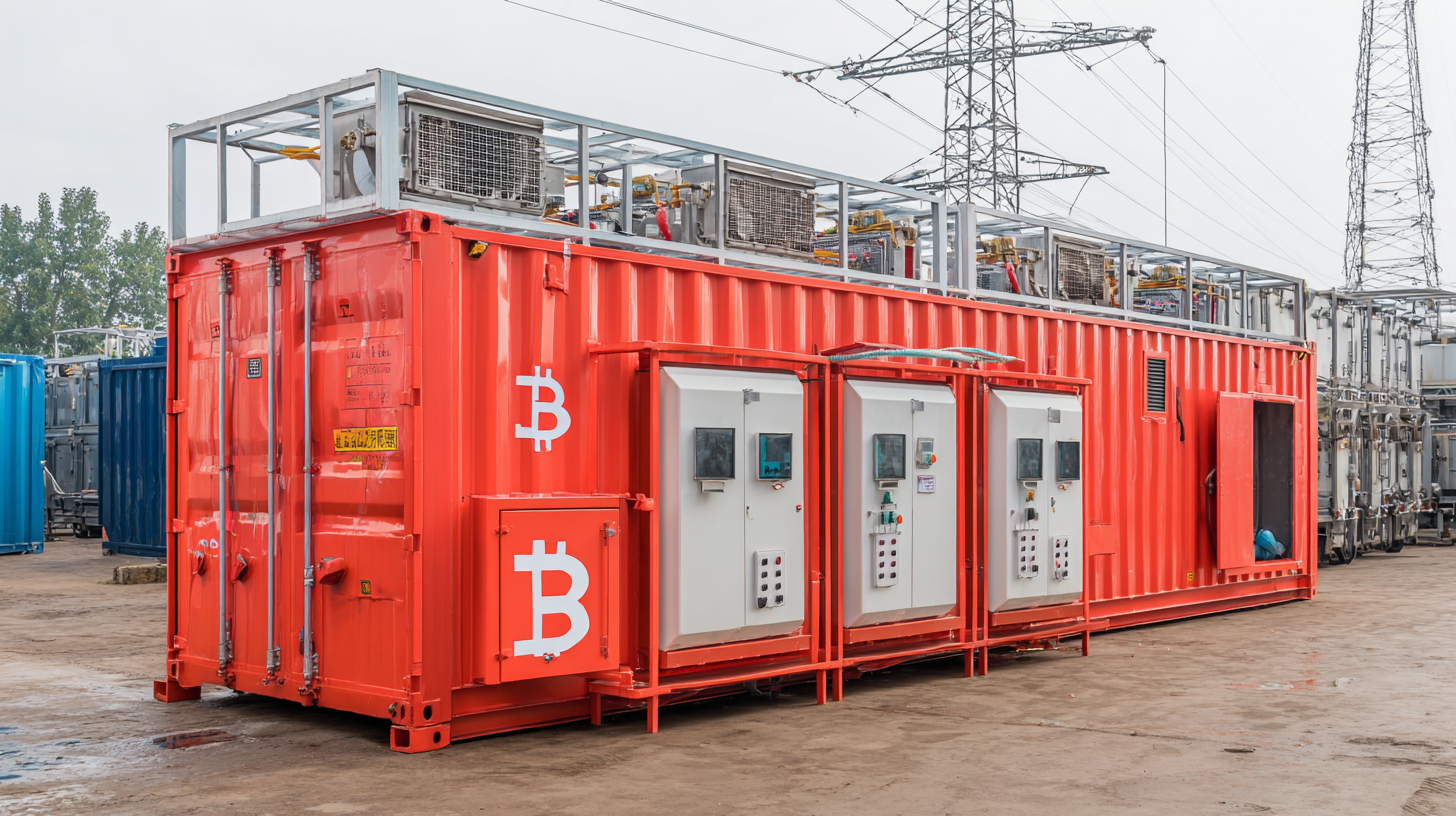
From effective cooling solutions to power management and layout arrangements, we will explore key factors that contribute to a more efficient mining environment. Whether you're a seasoned miner or just starting, understanding how to refine your setup can lead to substantial gains, helping you stay competitive in the high-stakes world of Bitcoin mining.
Best Practices for Configuring Mining Rigs in Your Container for Optimal Performance
When configuring mining rigs within a container, the key to optimal performance lies in effective thermal management and airflow. Start by ensuring that there is adequate ventilation to prevent overheating, which can drastically affect the mining rigs' efficiency. Using high-quality fans and strategically placing them can create a positive airflow that directs cool air into the container while exhausting hot air. Additionally, consider the use of insulated walls to maintain a stable internal temperature, which will help minimize energy consumption and prolong the lifespan of the equipment.
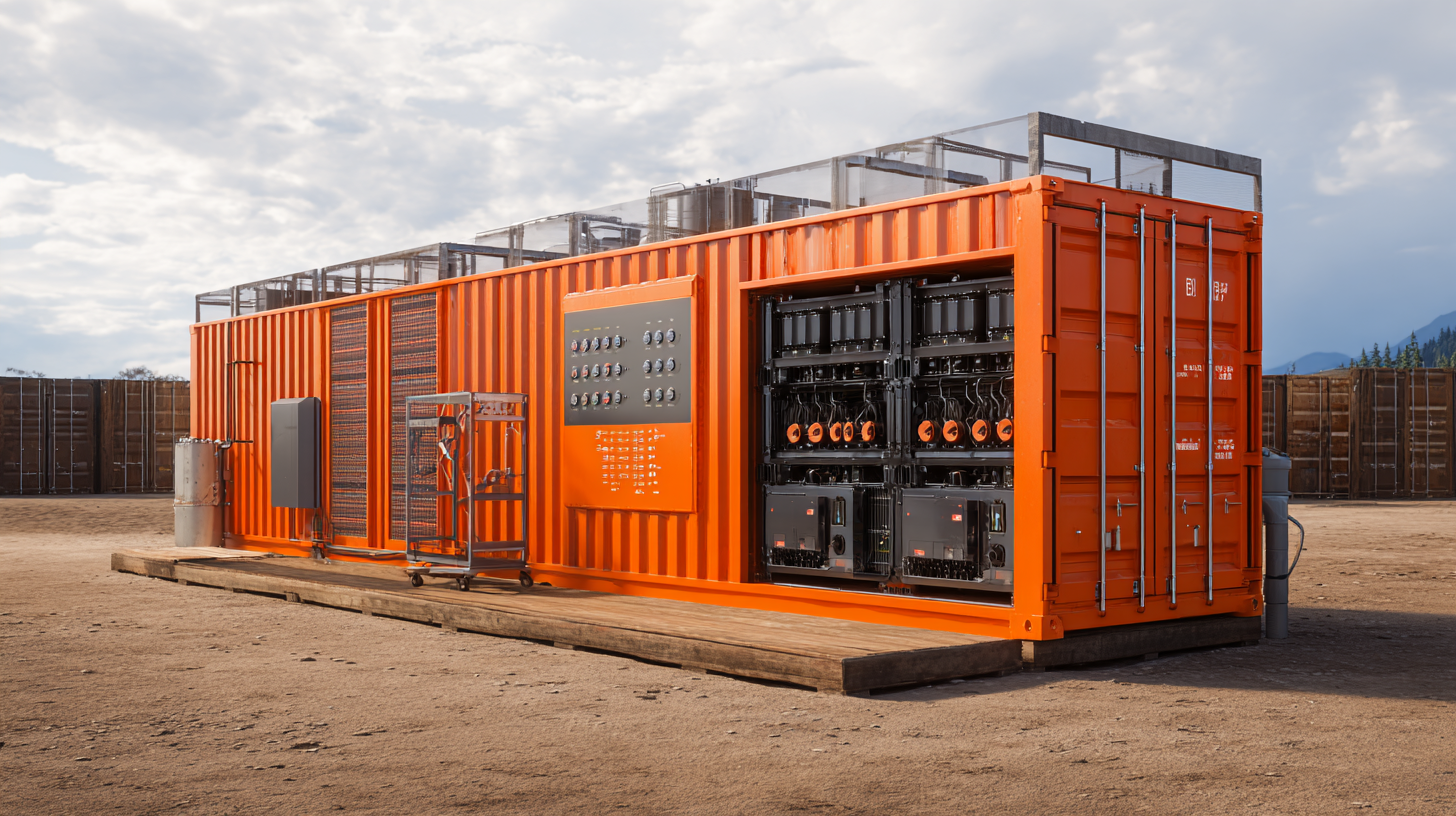
Another best practice involves power management and system monitoring. Effective load balancing is crucial; distribute electricity evenly across all rigs to prevent any single component from overloading. Implementing monitoring tools allows miners to track the performance of each rig in real-time, enabling timely adjustments to settings such as clock speeds and voltages. Prioritizing energy efficiency can reduce operational costs and enhance overall performance. Regularly updating software and firmware can also lead to significant gains, as many updates optimize the hashing algorithms to improve mining efficiency.
Energy Efficiency: Calculating Power Consumption and Maximizing Output Ratio
To optimize a Bitcoin mining container for maximum energy efficiency, it is essential to calculate power consumption accurately and enhance output ratios. Similar to advancements in thermal and electrical efficiency seen with innovative systems like thermoelectric and photovoltaic generators, Bitcoin mining operations can benefit from integrating mixed technologies that manage energy effectively. By analyzing varying operational conditions and adapting strategies to minimize waste, miners can achieve significant reductions in total energy requirements.
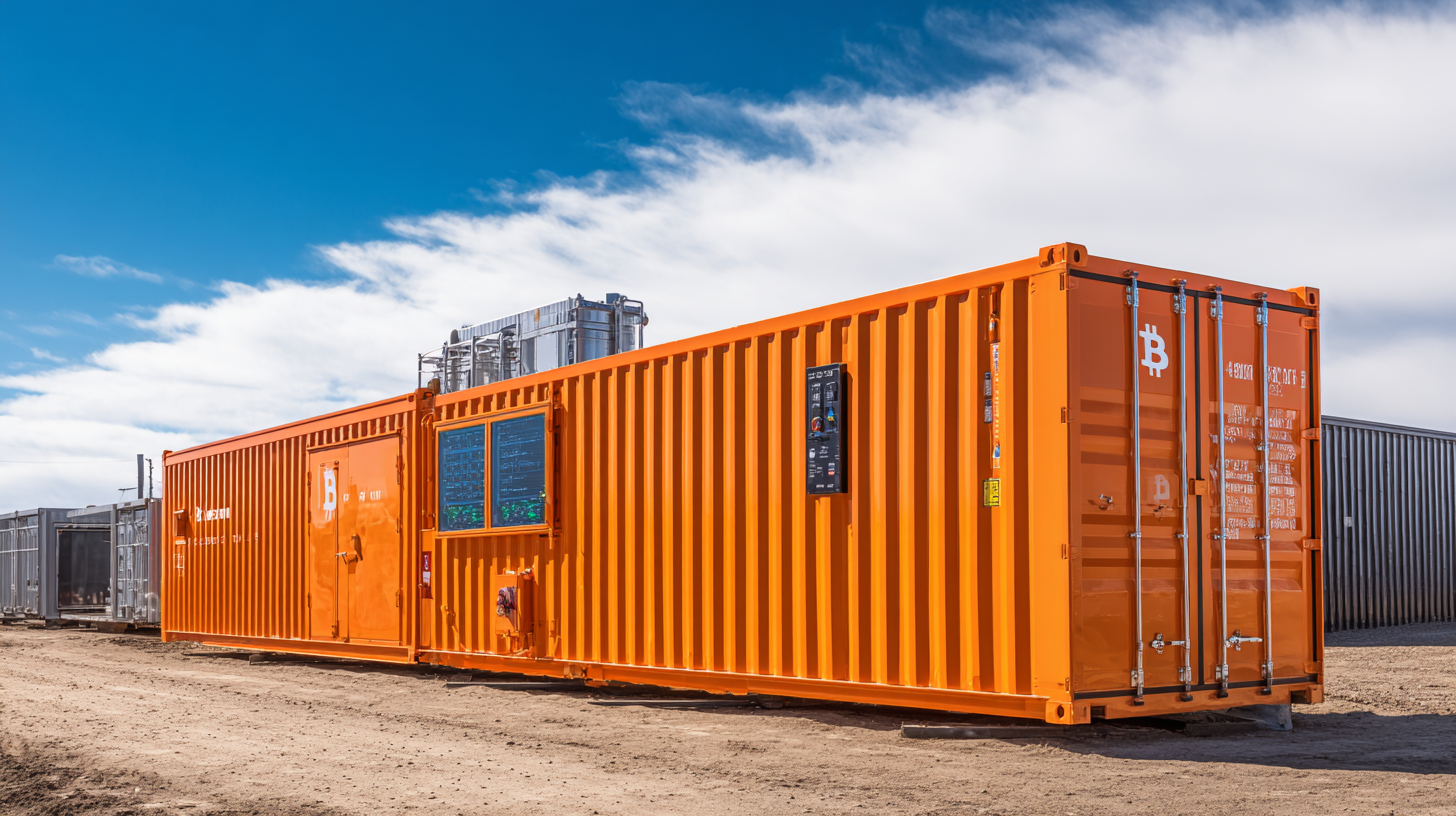
Efforts to maximize mechanical efficiency in applications such as electric vehicle traction motors reveal valuable insights that can be applied to Bitcoin mining. Employing systems to monitor and optimize the interaction between mining hardware and cooling mechanisms can lead to improved performance and lower energy consumption. Additionally, the development of real-time energy management systems, as seen in coordinated charging of electric vehicle fleets, could be adapted to manage the electricity supply and optimize the mining process continuously. Through these innovative approaches, miners can maximize their productivity while minimizing their carbon footprint, aligning with broader energy efficiency trends across various technological sectors.
Cooling Solutions: Effective Methods to Maintain Optimal Temperature for Bitcoin Miners
Maintaining optimal temperature is crucial for maximizing the efficiency of Bitcoin mining operations. According to a recent report by the Cambridge Centre for Alternative Finance, Bitcoin miners currently consume around 130 terawatt hours (TWh) annually, leading to increased heat generation. Without effective cooling solutions, not only does the performance of mining rigs degrade, but their lifespan can also be significantly reduced, resulting in higher operational costs.
One effective method for cooling Bitcoin miners is the implementation of liquid cooling systems. Research indicates that liquid cooling can reduce temperatures by up to 30% compared to traditional air cooling methods, resulting in improved efficiency and reduced risk of overheating. Additionally, a study published in the Journal of Cleaner Production highlighted that utilizing heat recovery systems can recycle excess heat from mining rigs, which can then be used for space heating or even aquaculture, thus creating a more sustainable mining environment.
By adopting these advanced cooling solutions, miners can ensure their operations remain profitable in the competitive landscape of cryptocurrency mining.
Network Infrastructure: Enhancing Connectivity for Faster Block Validation and Reduced Latency
Enhancing the network infrastructure in your Bitcoin mining container is crucial for achieving faster block validation and minimizing latency. A low-latency network can significantly enhance mining performance, as each second saved can lead to substantial increases in profitability. According to a report from Bitwise, miners should aim for a ping time of 10 milliseconds or less to optimize their operations. This reduction in lag time enables miners to compete more effectively in the increasingly competitive landscape of cryptocurrency mining.
Tips: Consider investing in high-quality routers and switches that support advanced networking protocols. Upgrading to gigabit connections can also make a significant difference, as they provide the necessary bandwidth for larger data transfers and quicker block validation.
Another key aspect is redundancy. Implementing multiple ISPs can protect against downtime and ensure constant connectivity, which is vital when processing thousands of transactions. A report from Blockdata highlights that miners can experience up to a 20% increase in efficiency when employing a multi-homed network approach.
Tips: Regularly monitor network performance and adjust configurations based on usage patterns. Utilizing monitoring tools can help identify any potential bottlenecks that could be slowing down your operations.
Monitoring and Analytics Tools: Tracking Performance Metrics to Improve Mining Efficiency
In the rapidly evolving landscape of Bitcoin mining, leveraging monitoring and analytics tools is crucial for optimizing container operations for maximum efficiency. By adopting advanced infrastructure monitoring techniques, miners can gain real-time insights into their performance metrics. The incorporation of IoT sensors enables continuous data collection across all mining components, allowing operators to identify patterns and detect anomalies that may indicate potential issues. This proactive approach can prevent downtime and ensure that mining activities are running at peak performance.
Furthermore, the emphasis on data analytics in mining is reshaping how efficiency is measured and achieved. By utilizing sophisticated analytical models, companies can analyze equipment performance data to uncover areas for improvement. The integration of cloud computing enhances this process by providing scalable and secure data storage solutions, facilitating collaboration, and enabling access to critical information from anywhere. As the mining landscape continues to innovate, the focus on performance tracking, reliability, and energy efficiency will be paramount in driving sustainable and effective mining operations into the future.
Bitcoin Mining Performance Metrics
Related Posts
-
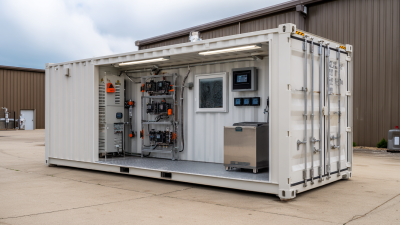
How to Optimize Your Best Bitcoin Mining Container for Maximum Efficiency
-
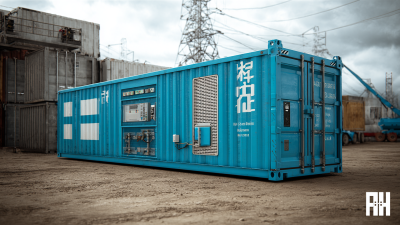
Revolutionary Chinese-Made Bitcoin Mining Containers Now Available for Global Export
-

7 Essential Tips for Selecting the Best Bitcoin Mining Container Manufacturer Worldwide
-
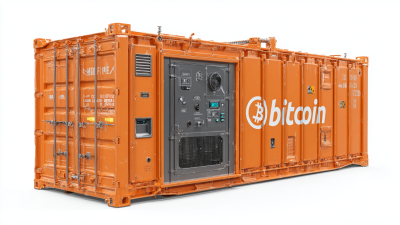
2025 Bitcoin Mining Container Market Insights and Essential Strategies for Success
-
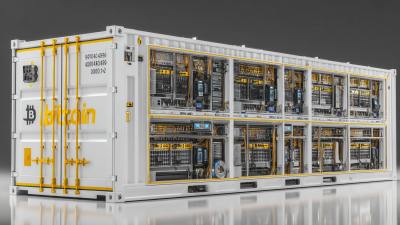
Ultimate Guide: Comparing the Top Bitcoin Mining Containers Available Globally
-

2025 Mining Revolution Unveiling the Best Btc Asic Miner With 6000 GHs Performance
